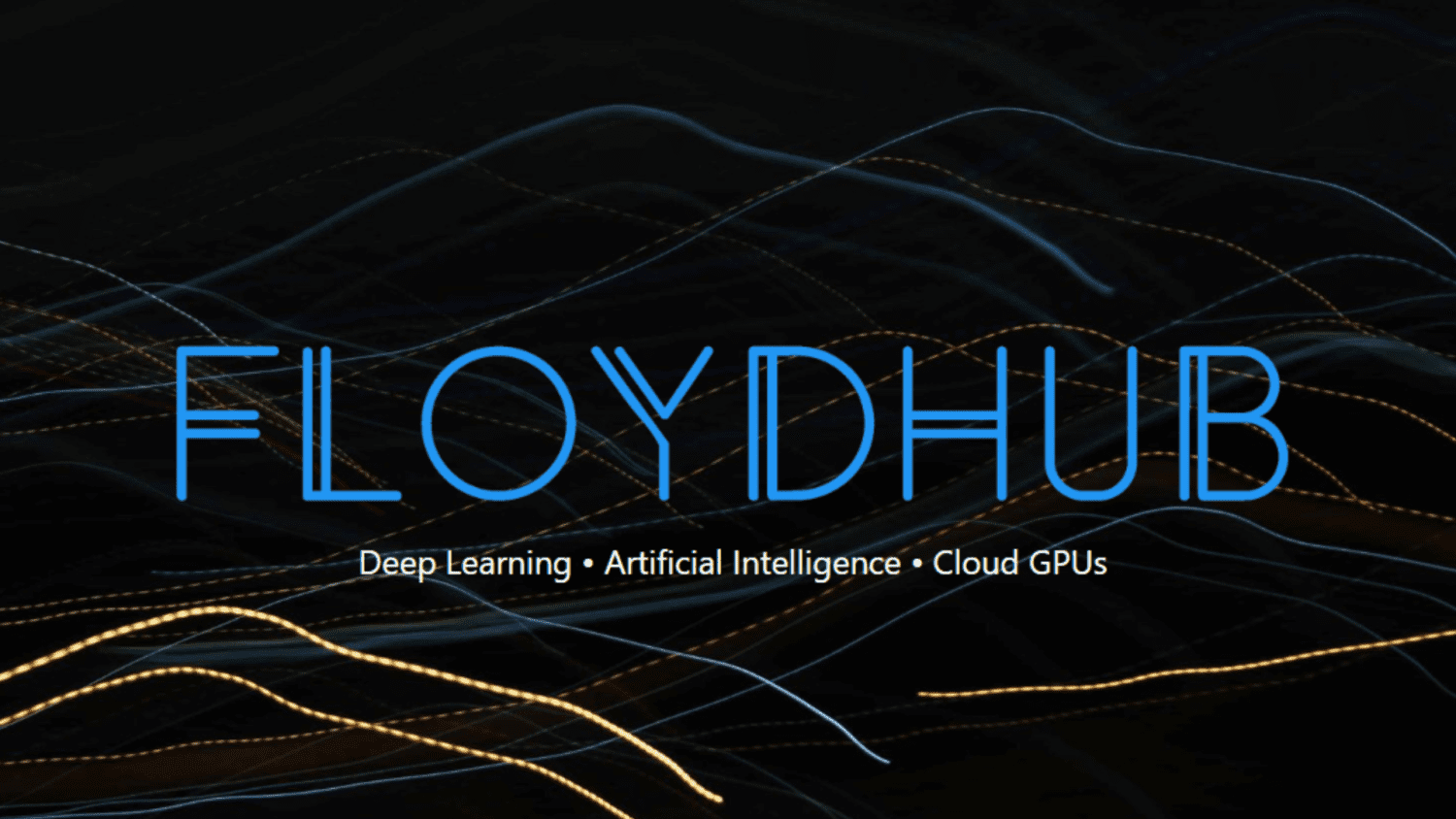
Introducing torch autograd
With torch, there is hardly ever a reason to code backpropagation from scratch. Its automatic differentiation feature, called autograd, keeps track of operations that need their gradients computed, as well as how to compute them. In this second post of a four-part series, we update our simple, hand-coded network to make use of autograd.


